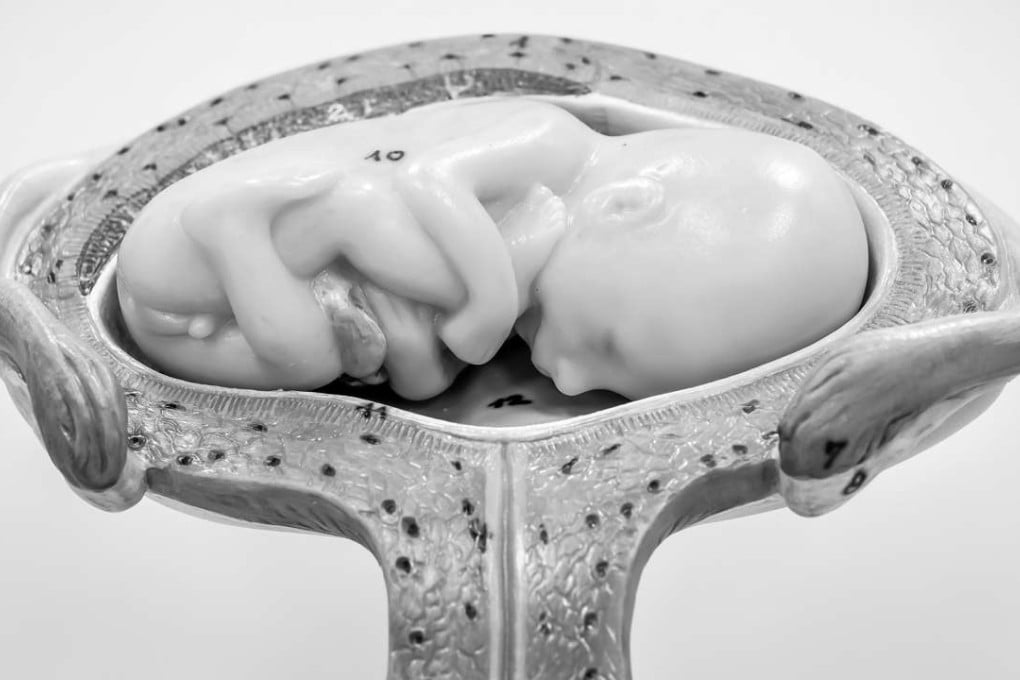Pioneering treatment uses stem cells from placenta on preterm babies’ lungs
The placenta is a miracle of nature, providing a fetus with oxygen, nutrients, hormones and water, while filtering out pathogens. Now its stem cells are being used to repair damaged lungs in premature babies

A woman’s placenta is usually disposed of after birth. But for Professor Euan Wallace and his team at Monash University in Australia, the organ is anything but a waste: the researchers use stem cells harvested from the placenta to repair the damaged lungs of premature babies in a world-first clinical research trial.
The therapy, developed by Wallace’s team over the past 10 years, involves administering human amnion epithelial cells, extracted from part of the placenta called the amniotic membrane, to the lungs of premature babies with bronchopulmonary dysplasia.

“It’s a horrible disease actually. Not only do these children have very bad lungs, but the disease is also associated with brain injury because in the early days, they have problems getting enough oxygen around their body. So if you follow these children as they grow up, they have learning difficulties, higher rates of cerebral palsy, and all sorts of other things,” says Wallace.
“We know if they go home alive, they’re much more likely to return with childhood lung disease. For healthy adults, in our 70s and 80s we get shorter breath because our lungs get stiffer. Predictably that’s going to happen to these children in their 40s or 50s – they are going to age faster.”
